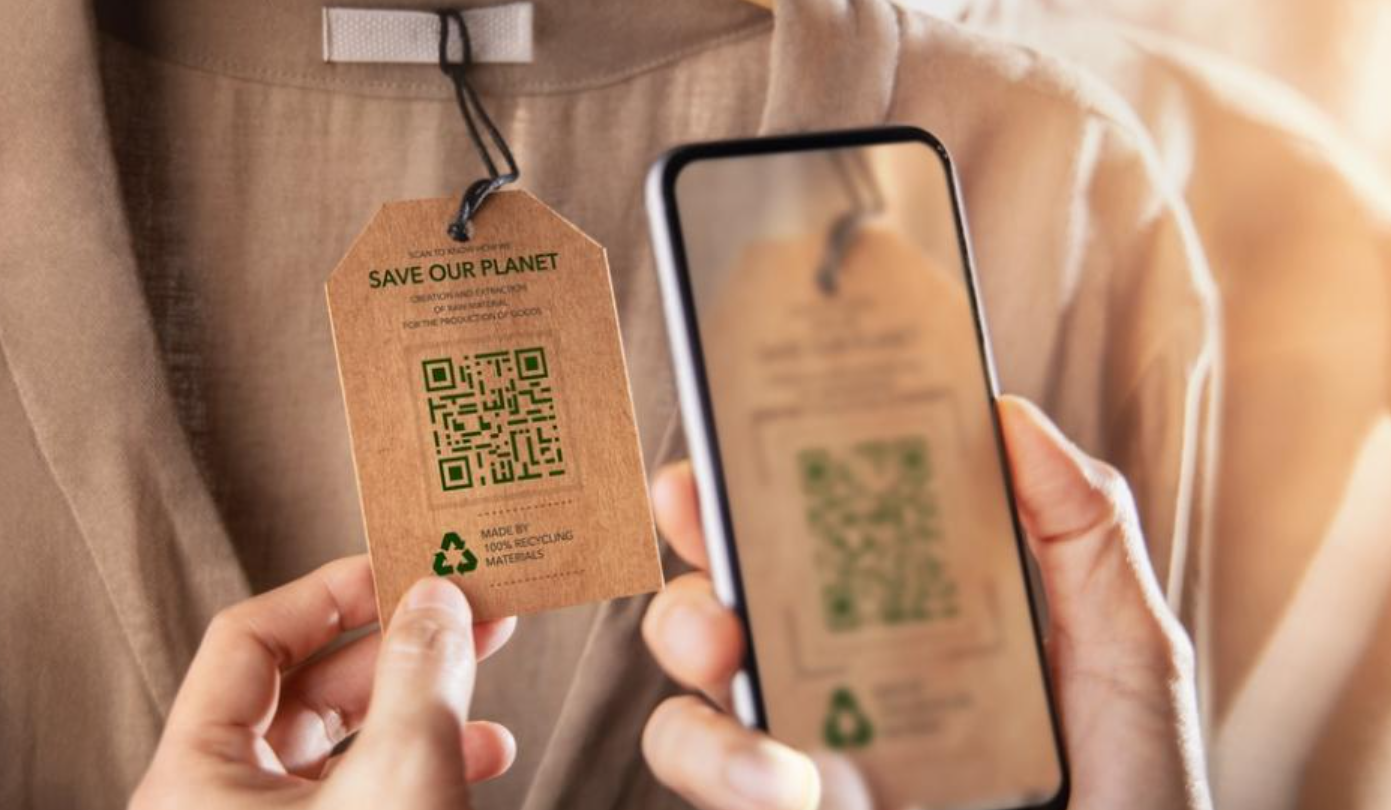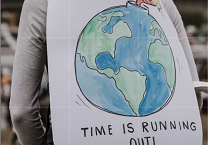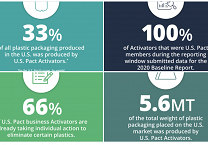
Answers to consumer questions about the climate impacts of shopping
by Cheryl Baldwin, PH.D.
14 March 2023
By guest author Scot Case, VP, CSR and Sustainability, National Retail Federation
The kinds of sustainability questions consumers are asking are getting more sophisticated. Twenty years ago, they asked about shopping bags and diapers. Paper or plastic? Cloth or disposable? Consumers now ask sustainability questions like whether they should shop online or in-store, how to reduce the carbon footprint of their pasta choices or how frequently they should wash their jeans.
NRF released The Carbon Footprint of Retail Products report to help consumers understand how scientists answer these kinds of questions. Written by sustainability consulting firm Pure Strategies, the report explains the greenhouse gas emission “hotspots” associated with the retail industry. It highlights the climate impacts of the raw materials used to make products, the manufacturing process, retail operations, getting the products to consumers’ homes and consumer impacts from using and disposing of products.
While manufacturers, retailers and governments all have a role to play, this report specifically identifies opportunities for consumers to reduce the carbon emissions associated with their purchases.
While specific climate impacts vary from product to product, after reviewing the scientific studies, Pure Strategies concluded that the most significant impacts for most products generally occur during the production or extraction of the raw materials and when consumers use and ultimately dispose of the products they buy.
The report’s findings might surprise some consumers, including:
The most significant climate impacts of many food and beverage products generally occur where ingredients are grown and when crops are processed into ingredients, which typically account for 70% of the total impact.
The impacts from manufacturing, transportation and packaging make up most of the remainder.
This is not true for every product, however. One of the most significant climate impacts of pasta is not how the wheat is grown to make the pasta or how the pasta is transported from the retailer to the consumer’s kitchen; it is the energy used to boil the water. When cooking pasta, do not boil more water than needed and keep a lid on the pot to reduce climate impacts.
How consumers buy products does not generally have a significant impact on the carbon footprint of their purchases.
Consumers are buying in-store, in-store with home delivery, online with home delivery and online with pickup in-store or at curbside. Calculating the climate impacts of each option depends on variables including distances traveled, the kinds of cars and delivery vehicles used (gasoline, hybrid or electric), and the number of stops consumers make when shopping in-store and the efficiency and number of stops home delivery vehicles make.
Consumers can reduce their carbon impacts by combining multiple shopping needs into a single trip and relying on public transportation or fuel-efficient or electric vehicles when shopping in-store. When shopping online, they can reduce impacts by consolidating shipments, avoiding rush delivery and minimizing returns.
With large appliances like refrigerators, washing machines and dryers, the enormous energy it takes to create the steel and other metals and to manufacture the products is less than 25% of the products’ total climate impacts.
The biggest impacts are from the energy it takes to power the products once consumers get them home.
To reduce an appliance’s climate impacts, buy products with Energy Star certification, which ensures they use significantly less energy than typical appliances. When possible, use renewable electricity from solar or wind to power them to further reduce climate impacts.
Other products like laundry detergents, soaps and shampoos and fashion items also have their biggest climate impacts from raw materials and consumer use rather than during their manufacture.
Heating water at home for washing or bathing requires significant energy. It is for this reason that Levi’s sustainability-focused denim care guide recommends spot-cleaning as needed and washing jeans as infrequently as possible, no more than once every 10 wears, and to always wash in cold water.
Other recommendations for consumers seeking to reduce the climate impacts of their purchases, include buying refurbished rather than new products, looking for products made from recycled materials, minimizing food spoilage and waste, seeking products with minimal packaging and packaging made with recycled materials, extending the life of products by taking proper care of them, and reselling, donating or recycling products when they are no longer needed.
In general, what consumers buy and how they use those products generally have bigger sustainability and climate impacts than whether consumers are shopping online, in-store or some combination of the two. Retailers are helping consumers meet their own sustainability goals by reducing packaging use with reusable and refillable containers, creating resale markets for consumers to buy and sell “gently used,” pre-owned products and offering more sustainable products for sale.
Retailers remain focused on reducing their own adverse climate impacts by lowering their energy use, transitioning to cleaner and renewable energy sources, increasing recycling rates, reducing waste and addressing other opportunities that they directly control. Tackling climate change requires everyone to do their part and retailers and consumers are working together to do theirs.
Carbon footprint in retail
Download the latest report on greenhouse gas emissions hotspots and reduction levers for consumer decision-making.
Written by Cheryl Baldwin, PH.D.
Cheryl Baldwin, Ph.D., is a Vice President of Sustainability Consulting for Pure Strategies where she partners with corporate clients to develop and execute sustainability strategies to improve performance across retail, food and agriculture, home and personal care, and cosmetics industries. She also leads the firms’ global market research to generate new insights to accelerate business transformation.
Cheryl’s recent projects include helping develop sustainability goals for TAZO, create a sustainable packaging strategy and implementation tools for Walmart, and facilitate the development and implementation of a sustainable chemistry program for Ahold Delhaize USA.
Cheryl authored Pure Strategies’ market research reports, Connecting to the Farm, Reaching the New Corporate Frontier, Advancing on the Path to Product Sustainability, and other reports. She wrote the book, The 10 Principles of Food Industry Sustainability and is the lead author/editor for two additional books on sustainability, Greening Food and Beverage Services and Sustainability in the Food Industry and holds U.S. and international patents.
Prior to Pure Strategies, Cheryl led the life cycle research and sustainability standard program for the non-profit ecolabel organization Green Seal. Cheryl also worked in Research and Development for Kraft Foods, Inc. where she was involved in all phases of R&D from novel ingredient development to global product commercialization. Cheryl holds a Ph.D. and M.S. from Cornell University and a B.S. from the University of Illinois, all in Food Science.
Cheryl has been named one of the Top 50 Women Leaders of DC for the second consecutive year, based on a methodical review of women executives and leaders across the area. She was identified for her career track record, including her leadership position at Pure Strategies. The recognition came from Women We Admire (WWA), a membership organization of over 1,200 of the most accomplished women leaders in business, law, consulting, education, non-profit and other sectors. based on a methodical review of women executives and leaders across the area. She was identified for her career track record, including her leadership position at Pure Strategies. The recognition came from Women We Admire (WWA), a membership organization of over 1,200 of the most accomplished women leaders in business, law, consulting, education, non-profit and other sectors.












